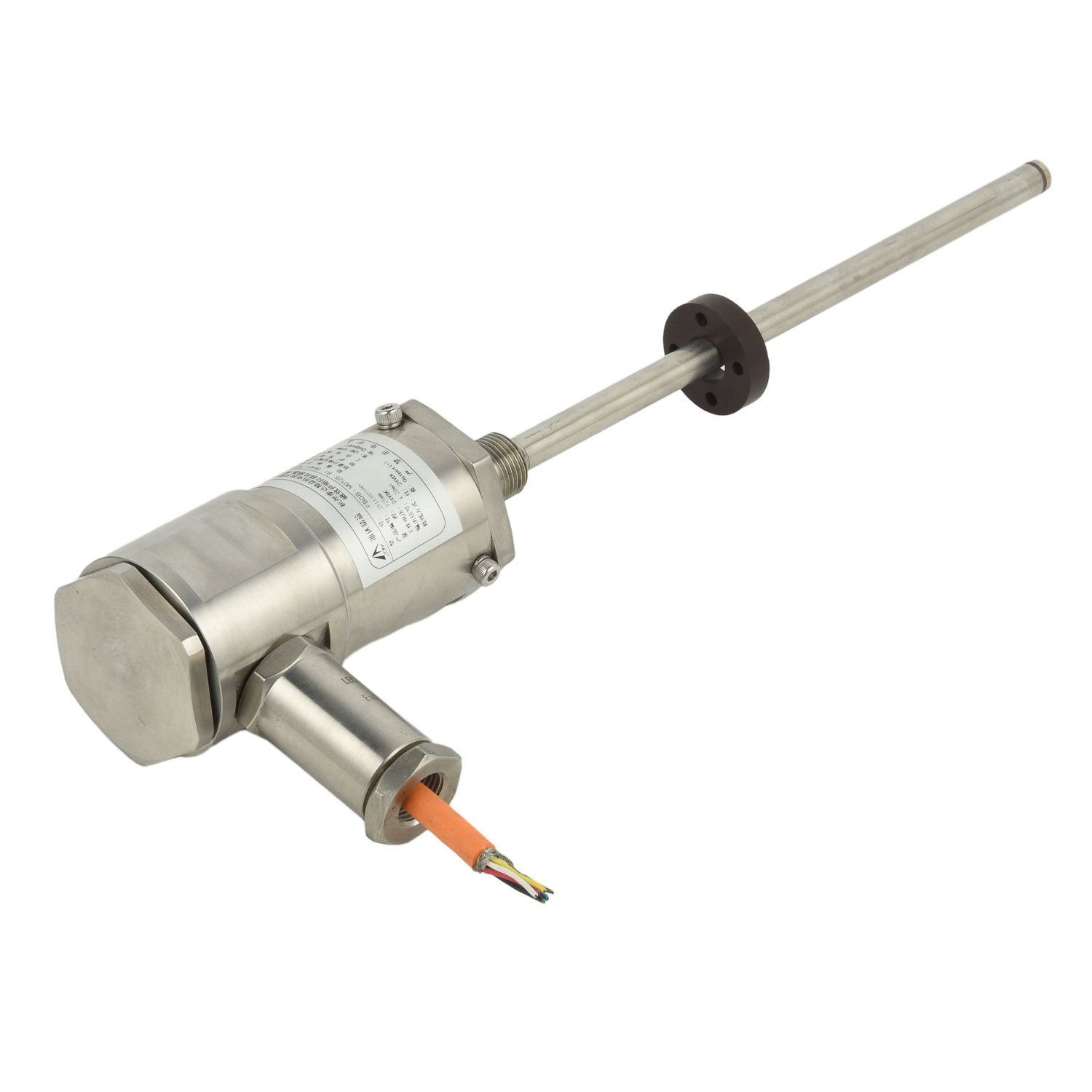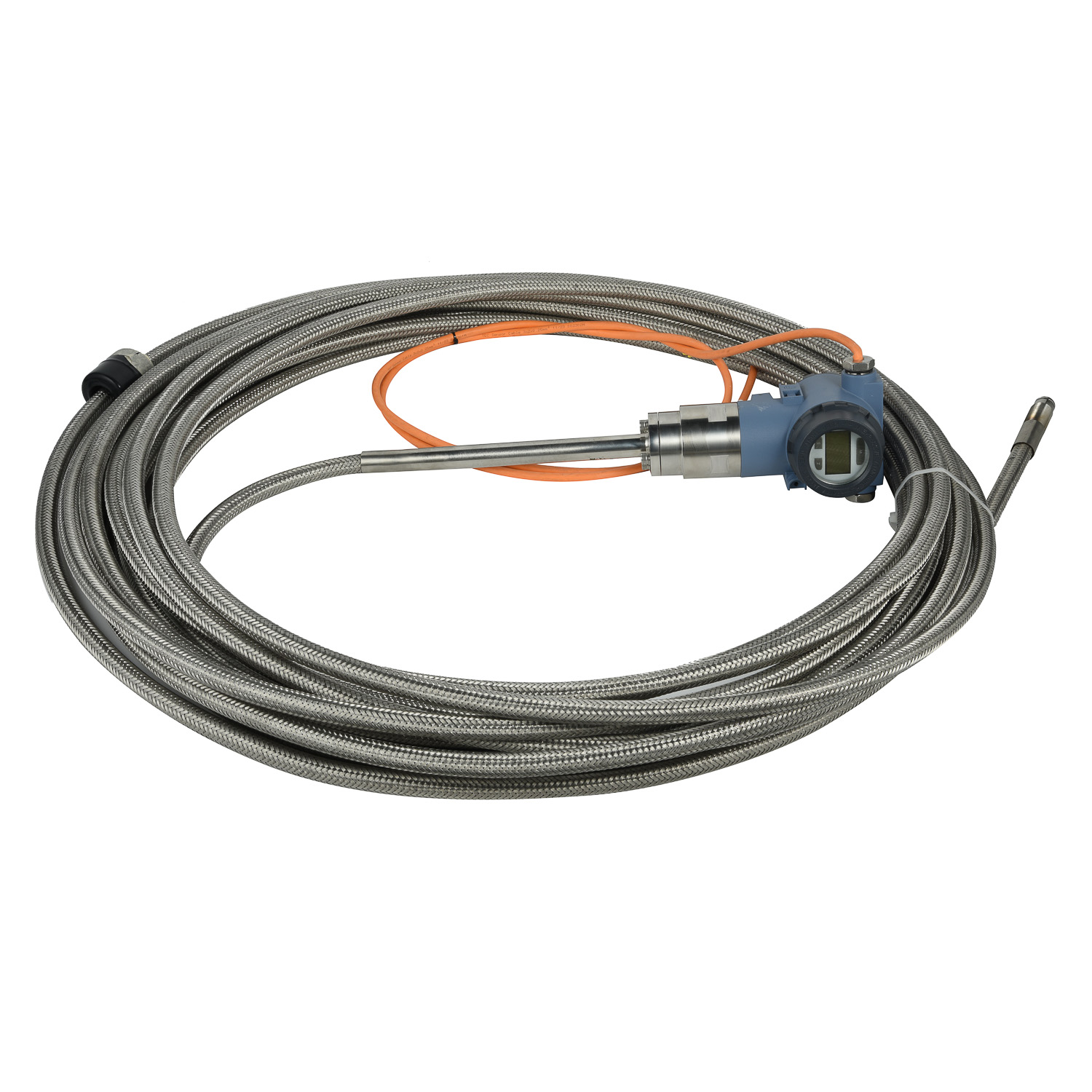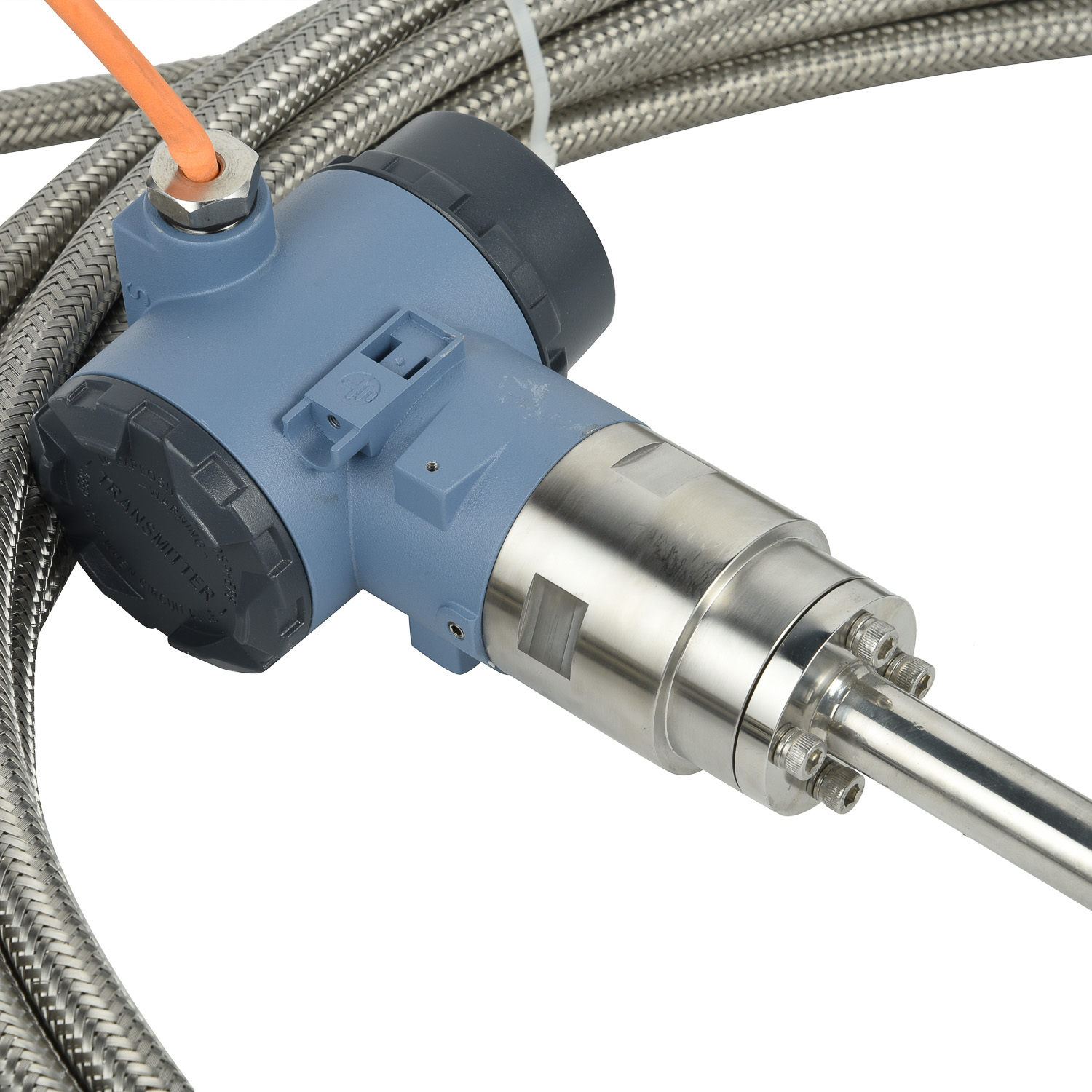Can Magnetostrictive Displacement Sensors Handle High Temperatures?
Can Magnetostrictive Displacement Sensors Handle High Temperatures?
Magnetostrictive displacement sensors, renowned for their high precision, durability, and non-contact measurement capabilities, have found widespread applications in various industries. However, the question arises: Can these sensors effectively operate in high-temperature environments?
The fundamental working principle of magnetostrictive displacement sensors relies on the Wiedemann effect, where the magnetic field generated by a permanent magnet interacts with an induced magnetic field, resulting in a torsional stress wave. This wave travels along a ferromagnetic waveguide and is detected by a receiver. The time of flight (TOF) of the wave is then used to determine the position of the magnet.
When it comes to high-temperature environments, several challenges arise. Firstly, the sensor components may experience material degradation, affecting their performance. Secondly, the magnetic properties of the waveguide material may change, altering the wave propagation characteristics. Lastly, the electronics and wiring may fail due to thermal stress.
To address these challenges, researchers have explored various strategies. One approach is to use materials with improved thermal stability for the waveguide and sensor components. For instance, Fe-Ga alloys have shown promising results in maintaining their magnetic and magnetostrictive properties at elevated temperatures.
Another strategy involves optimizing the sensor design and excitation parameters. By carefully tuning the bias magnetic field and pulse current, it is possible to maximize the output voltage and ensure stable operation at high temperatures. Experimental studies have demonstrated that with proper optimization, magnetostrictive displacement sensors can achieve reliable performance up to 500°C.
In conclusion, while magnetostrictive displacement sensors face challenges in high-temperature environments, through the use of suitable materials and optimized designs, they can indeed handle such conditions effectively. This makes them a viable option for various industrial applications requiring accurate position measurement in extreme environments.
 UpgradingYourLevelMeasurementS
UpgradingYourLevelMeasurementS
 Why are magnetostrictive level
Why are magnetostrictive level
 ComparingMagnetostrictiveandRa
ComparingMagnetostrictiveandRa
 MagnetostrictiveLevelSensorfor
MagnetostrictiveLevelSensorfor
